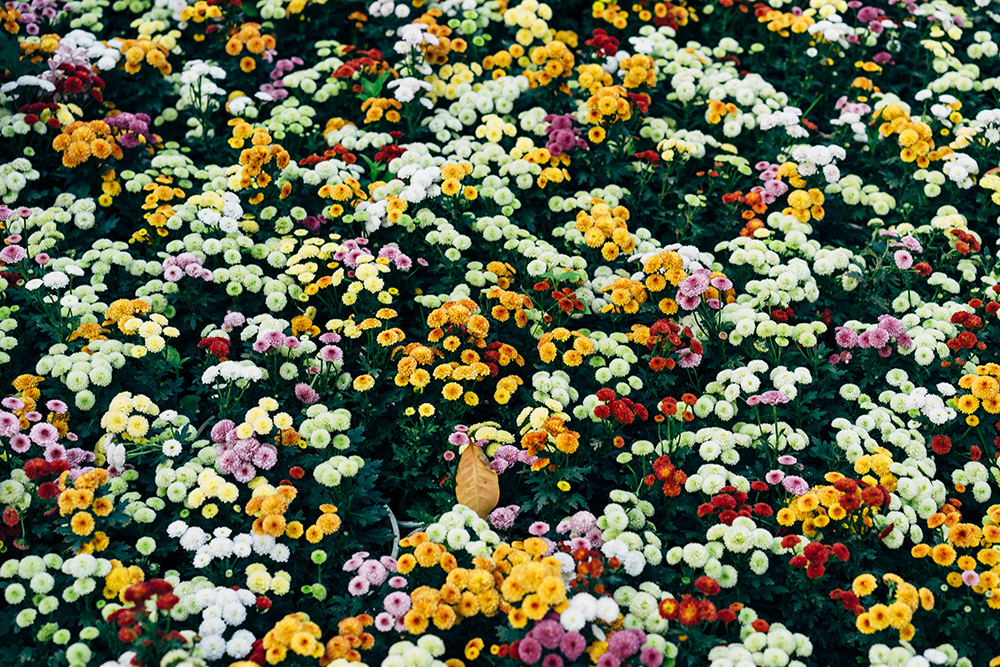
1. First, Clean It Out
Overgrown, neglected flower beds can be a real mess of weeds, dead flowers, rocks, ratty mulch, and decomposing leaves.
2. Add Screened Topsoil
“An old bed is probably depleted of nutrients,” Rubert says. “Till in some compost with the topsoil and add granular fertilizer. Get it nice and enriched.”
Pro tip: “Don’t get too crazy with the fertilizer,” Rubert says. “You can burn plants if you use too much. Follow the manufacturer’s directions.”
Will there be shrubs or trees in your renovated landscape bed? Use fertilizer tablets that tuck in the ground for them, she suggests.
3. Put Down Weed Barrier Fabric
How to renovate a flower bed with plastic? You don’t. When we say fabric, we mean fabric. Don’t use plastic.
Pro tip: Use 20-year fabric, not the five to 10-year type. It will say so on the package.
Use the cheap stuff, and you’ll have to do this whole progress again before you know it.
The fabric goes down right on top of your topsoil.
But don’t use weed barrier fabric if you’ll be planting bulbs, Rubert says. They won’t come up through it.
And don’t use it where you’re planting annuals.
Overlap the edges 4-5 inches to discourage weeds from growing in between.
Cut an X where each plant will tuck through.
“Staple” the fabric every few feet with big landscape staples you push in with your fingers.
4. Now, the Fun Part: Add Plants
Tuck your pretty new plants into each X you sliced into your weed barrier fabric.
Pro tip: Proper spacing, please. Keep in mind the size of the plants at maturity, not now.


